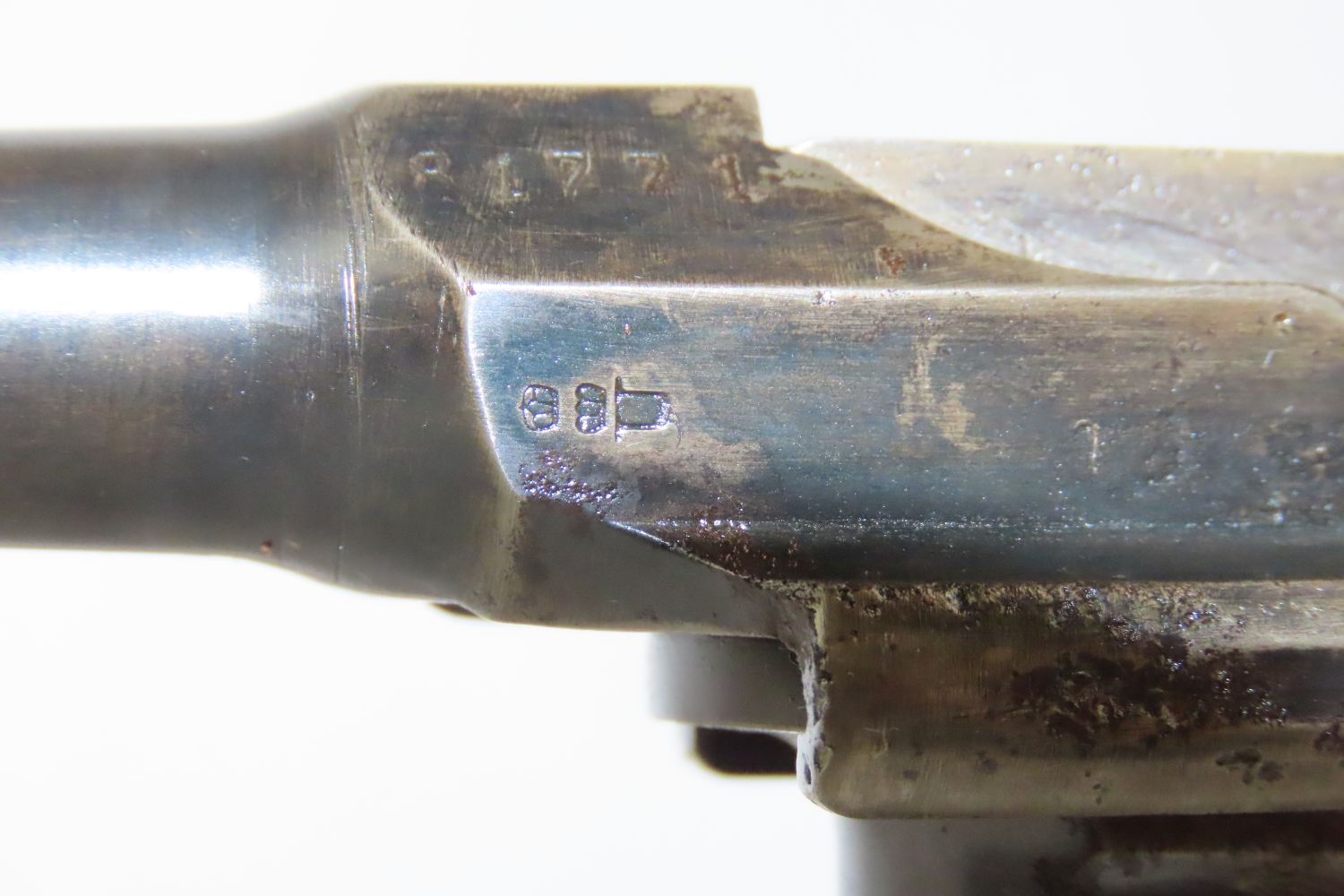
Subsequently, Waffenfabrik Mauser developed the Model 1896 pistol, which for a time was the leading candidate to be the official sidearm of the German military. Needless to say, this did not endear him to Paul Mauser. He then sued Mauser for infringing his patent rights. Which is a patent-like intellectual property claim peculiar to the German-speaking countries of Europe. So he filed a Gebrauchsmuster or utility model,

Luger also knew that this was an unpatented feature. Salesman for Mauser rifles, he noticed that some of them had a third locking lug on the bolt. Georg Luger served as a salesman and engineer for Ludwig Loewe & Co., the firm which owned the majority shares in Waffenfabrik Mauser. One brief anecdote may provide some insight. Readers who are interested should peruse the references below, particularly Paul Mauser: His Life, Company, and Handgun Development,ġ838-1914 by Baudino and van Vlimmeren and Mauser Pistolen: Development and Production, 1877-1946 by Weaver, Speed, and Schmid. The backstory of the Mauser company is fascinating but beyond the scope of this article to relate in detail.

Mentioned if necessary to provide historical context, as it is rare for the average collector to encounter one. The many experimental pistols developed by Mauser will only be Intentionally leaving out the C96 “broomhandle” pistol because so much has already been written about it and this information is readily available. This is the story of the small self-loading pistols developed by Mauser. Involved in one way or another in most of these innovations. The Mauser company, founded by Paul and his brother Wilhelm, was During his lifetime breechloading cannon and rifles were perfected, the metallicĬartridge was invented, the revolver was perfected, smokeless powder was developed, and finally self-loading guns of all kinds were developed. Paul Mauser lived in an era of innovation in firearms technology.


 0 kommentar(er)
0 kommentar(er)
